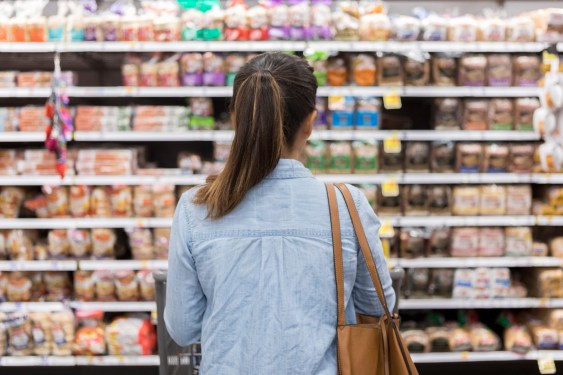Grocery stores in the United States discard an astonishing 10% of the approximately 44 billion pounds of food produced annually, according to Onesource. This staggering figure not only has a devastating impact on the environment but also comes at a significant cost for grocers. The issue of poor grocery demand forecasting is more prevalent than one might expect.
The Hidden Costs of Inadequate Forecasting
Food and grocery retailers lose up to 8% of their revenues due to inadequate inventory availability, as reported by Retail Insights. This loss can be attributed to the inability to accurately predict future demand, leading to overstocking and understocking of inventory.
Entrepreneurs Euro Wang and Jack Solomon experienced firsthand the micro-level effects of this forecasting problem at their local supermarket. The store often ran out of their favorite guacamole, highlighting the struggle retailers face in predicting demand. Wang and Solomon were motivated to tackle this issue with technology, co-founding Guac, a platform that utilizes AI to predict how many items grocers will sell on a per-item basis each day at a given store location.
The Inspiration Behind Guac
Wang and Solomon’s experience at their local supermarket inspired them to create a solution to the forecasting problem. They recognized the need for more efficient allocation of limited supply, particularly with the increasing impact of extreme weather events on fresh food supplies. Inflationary pressures and rising labor costs have also threatened grocers’ margins.
The Benefits of Guac’s AI-Powered Forecasting
Guac uses custom algorithms that take into account various variables such as weather, sporting events, betting odds, and even Spotify listening data to capture consumer purchasing behavior. The platform provides recommendations for shelf life, minimum order quantities, promotions, and supplier lead times integrated into existing inventory ordering software and workflows.
Wang emphasizes the importance of using a more advanced approach than traditional forecasting methods, which often rely on Excel formulas or simple regression models. Guac’s machine learning model is designed to identify real-world variables that cause changes in demand, providing retailers with a more accurate understanding of their customers’ needs.
Guac’s Differentiation
While other startups like Crisp and Freshflow are also working on food demand forecasting solutions, Guac stands out due to its advanced AI-powered approach. Wang believes that Guac’s unique algorithm and data analysis capabilities set it apart from competitors.
The Future of Grocery Retail
As the grocery retail industry continues to evolve, it is essential for retailers to adopt more efficient and effective methods of demand forecasting. Poor forecasting can lead to significant losses in revenue, customer dissatisfaction, and environmental waste. Guac’s innovative solution aims to revolutionize the way retailers manage their inventory and improve their bottom line.
Conclusion
The issue of poor grocery demand forecasting is a pressing concern for the industry, with far-reaching consequences for both retailers and the environment. Guac’s AI-powered platform offers a promising solution to this problem, providing retailers with more accurate predictions and enabling them to make data-driven decisions. As the industry continues to evolve, it will be exciting to see how Guac and other innovative solutions transform the way grocery retailers operate.
About the Author
Kyle Wiggers is a senior reporter at TechCrunch with a special interest in artificial intelligence. His writing has appeared in VentureBeat and Digital Trends, as well as various gadget blogs.

